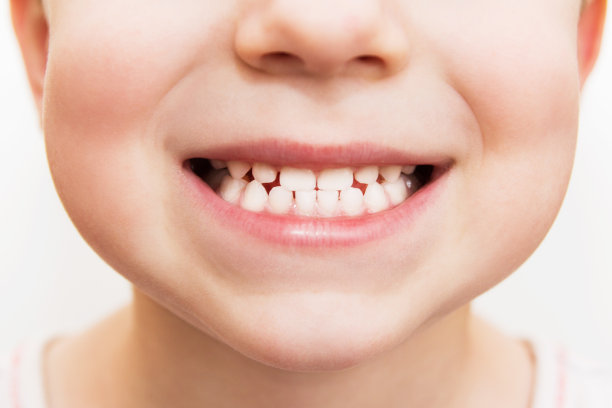Understanding the Process and Aftercare of Extracting a Tooth for Better Oral Health Maintenance
Summary: Tooth extraction is a common dental procedure often necessary for maintaining overall oral health. Understanding the extraction process, including what to expect during the procedure and the essential aftercare needed, can significantly impact recovery and long-term health. This article delves into the various stages and steps involved in tooth extraction, surrounding misconceptions, post-extraction care techniques, and preventive measures to maintain oral health after losing a tooth. By comprehending this process, individuals can ensure they are well-informed and prepared for a smooth recovery.
1. Understanding the Tooth Extraction Process Thoroughly

The tooth extraction process begins with a comprehensive dental examination where the dentist evaluates the affected tooth and surrounding structures. Diagnostic imaging, such as X-rays, is often utilized to ascertain the tooths roots and the condition of the jawbone. Understanding these details helps in planning a safe and effective extraction procedure.
Following evaluation, sedation options are discussed with the patient. Dentists provide local anesthesia to numb the area or may recommend sedation techniques for those who are anxious or require a more complex extraction procedure. Knowing what to expect in terms of anesthesia helps in easing the patient’s mind and prepares them for the steps ahead.
Once the tooth is numb, the dentist employs specialized tools to loosen and remove the tooth from its socket. The procedure may vary based on whether the extraction is simple or surgical, with surgical extractions typically involving incisions in the gum tissue. Awareness of these variances helps patients understand the nature of their procedure.
2. Common Misconceptions About Tooth Extractions
Many individuals harbor misconceptions regarding tooth extractions, believing they are overly painful or unnecessary. In reality, the discomfort experienced during the removal is typically well-managed using anesthesia, and many patients report feeling relief afterward.
Another common myth is that extracting a tooth leads to severe complications, such as prolonged bleeding or infections. While all medical procedures carry some risk, following proper aftercare greatly reduces these possibilities, allowing for smoother healing.
Some individuals assume that tooth extraction is a last resort. However, it is sometimes essential to prevent further complications, such as infection or overcrowding. Proper dental counseling can highlight when extraction is the best course of action, ensuring patients make informed decisions about their dental health.
3. Essential Aftercare Techniques for Recovery
Post-extraction care is crucial for ensuring a healthy recovery. Immediately after the surgery, gauze should be placed over the extraction site to control bleeding. Patients are advised to bite down gently on the gauze to promote clot formation, which is essential for healing.
Following the procedure, it’s important to avoid rinsing vigorously or sucking through a straw for the first 24 hours, as these actions can dislodge the blood clot and lead to complications like dry socket. Instead, gently cleaning the mouth can help keep the extraction site and surrounding areas free of bacteria.
Recovery involves managing discomfort and swelling. Dentists commonly recommend over-the-counter pain relievers and ice packs to reduce inflammation. Adequate rest and a diet of soft foods play vital roles in speeding up the recovery process, helping patients regain their normal eating patterns swiftly.
4. Preventive Measures for Long-Term Oral Health
Post-extraction, maintaining oral health is essential to prevent further dental issues. Regular dental check-ups can help in identifying potential problems early, allowing for proactive management rather than reactive measures.
Moreover, practicing good oral hygiene daily remains essential. Brushing twice and flossing once a day reduces the risk of cavities and gum diseases, which can affect the remaining teeth. Utilizing antimicrobial mouthwashes can also help keep the oral environment healthy.
Finally, a balanced diet contributes significantly to maintaining oral health. Foods rich in vitamins and minerals support immune function and promote healing after an extraction. Staying hydrated and avoiding sugar-laden snacks protect the gums and teeth, ensuring they remain strong and healthy long after a tooth extraction.
Summary:
Understanding the process of tooth extraction and adhering to aftercare guidelines can make a notable difference in recovery and long-term oral health. Addressing misconceptions around the procedure enables patients to approach tooth extractions with confidence. By adopting essential aftercare strategies and implementing preventive measures, individuals can ensure their oral health is not just maintained but improved for years to come.
This article is compiled by Vickong Dental and the content is for reference only.


